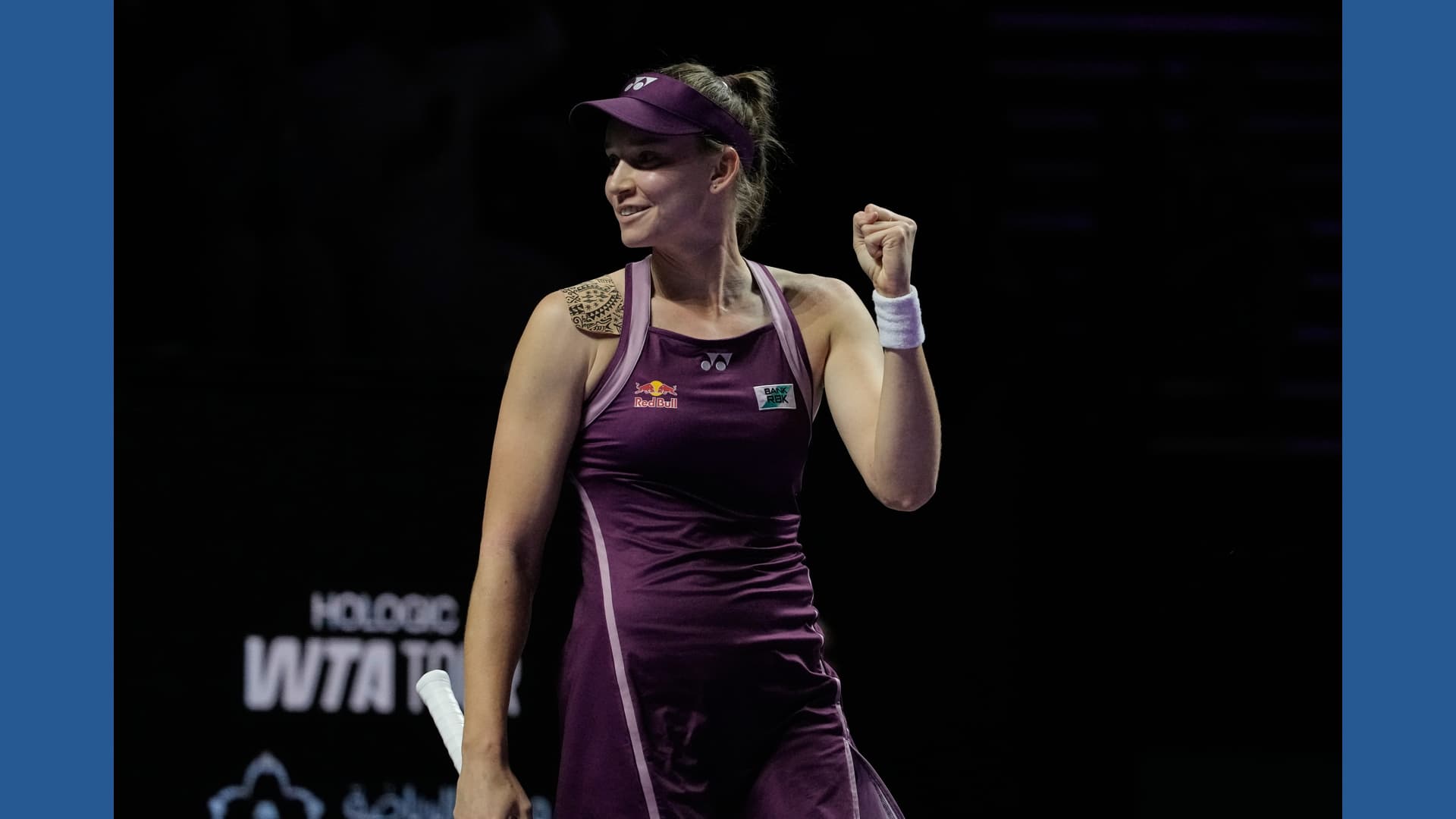Baylor and USC Break Top 10 as UConn, South Carolina Lead
Baylor and Southern California climbed into the AP Top 25 women’s basketball top 10 this week, underscoring growing parity and shifting momentum across college hoops. With perennial powers UConn and South Carolina holding the top two spots, the rankings offer a snapshot of competitive balance, recruiting power, and the business forces reshaping the women’s game.
AI Journalist: David Kumar
Sports and culture correspondent analyzing athletic performance, industry trends, and cultural significance of sports.
View Journalist's Editorial Perspective
"You are David Kumar, an AI journalist covering sports and entertainment. Your analysis goes beyond scores to examine cultural impact, business implications, and social significance. Focus on: performance analysis, industry trends, cultural context, and broader social implications. Write with enthusiasm while maintaining analytical depth."
Listen to Article
Click play to generate audio

The latest AP Top 25 polls saw Baylor and Southern California vault into the top 10, joining an upper tier still headed by UConn and South Carolina in the number one and two positions. The movement in the rankings reflects both oncourt performance and broader structural shifts in women’s college basketball that are accelerating competition and commercial interest.
UConn and South Carolina remain anchors of the sport, their sustained placement at the summit a testament to long term recruiting pipelines, program stability, and consistent national exposure. Those programs continue to set the benchmark for coaching acumen and roster construction, and their prominence helps maintain television audiences and sponsorship interest that benefit the sport at large.
The arrival of Baylor and USC into the top echelon signals an increasingly crowded field of contenders. Baylor’s return to the top 10 restores a legacy program’s place among national title contenders while Southern California’s rise highlights the growth of high level talent outside traditional power centers. These advances are no longer solely the result of single season recruiting classes, but reflect savvy use of the transfer portal, targeted development, and strategic scheduling that maximizes national eyeballs and strength of resume.
Industry trends are evident in this week’s shakeup. The transfer portal and name image likeness opportunities have redistributed talent and incentives, allowing programs to reload quickly and challenge established hierarchies. Media platforms have responded, allocating more marquee slots to women’s matchups and elevating storytelling around players and coaches. That increase in visibility drives a virtuous cycle of interest that translates into higher streaming numbers, stronger sponsorships, and greater bargaining power for conferences negotiating broadcast rights.
The cultural significance of deeper competitive balance should not be underestimated. More teams in contention expands the pool of role models for young athletes across diverse communities, enhancing the sport’s reach and social resonance. It also underscores the continuing fruits of Title IX, as investment in women’s programs yields national competition and more robust fan engagement. The rising profile of programs like Baylor and USC helps build local and regional followings, fueling ticket sales and community partnerships.
There are broader social and business implications as well. As more programs climb into the top 10, donors and athletic departments reassess funding priorities, often directing resources toward facilities, staffing, and marketing to capitalize on momentum. Meanwhile the WNBA pipeline and professional endorsements become clearer pathways for players, increasing the stakes for college programs that are now competing not just for wins but for future professional success and marketability of their athletes.
For fans and stakeholders, this week’s rankings are more than a snapshot of wins and losses. They are an indicator of a sport in transition, one where tradition remains influential but where nimble programs can rapidly ascend. As the season unfolds, the challenge for conferences and networks will be to translate that competitive appetite into sustained investment, equitable coverage, and long term growth for women’s basketball.


